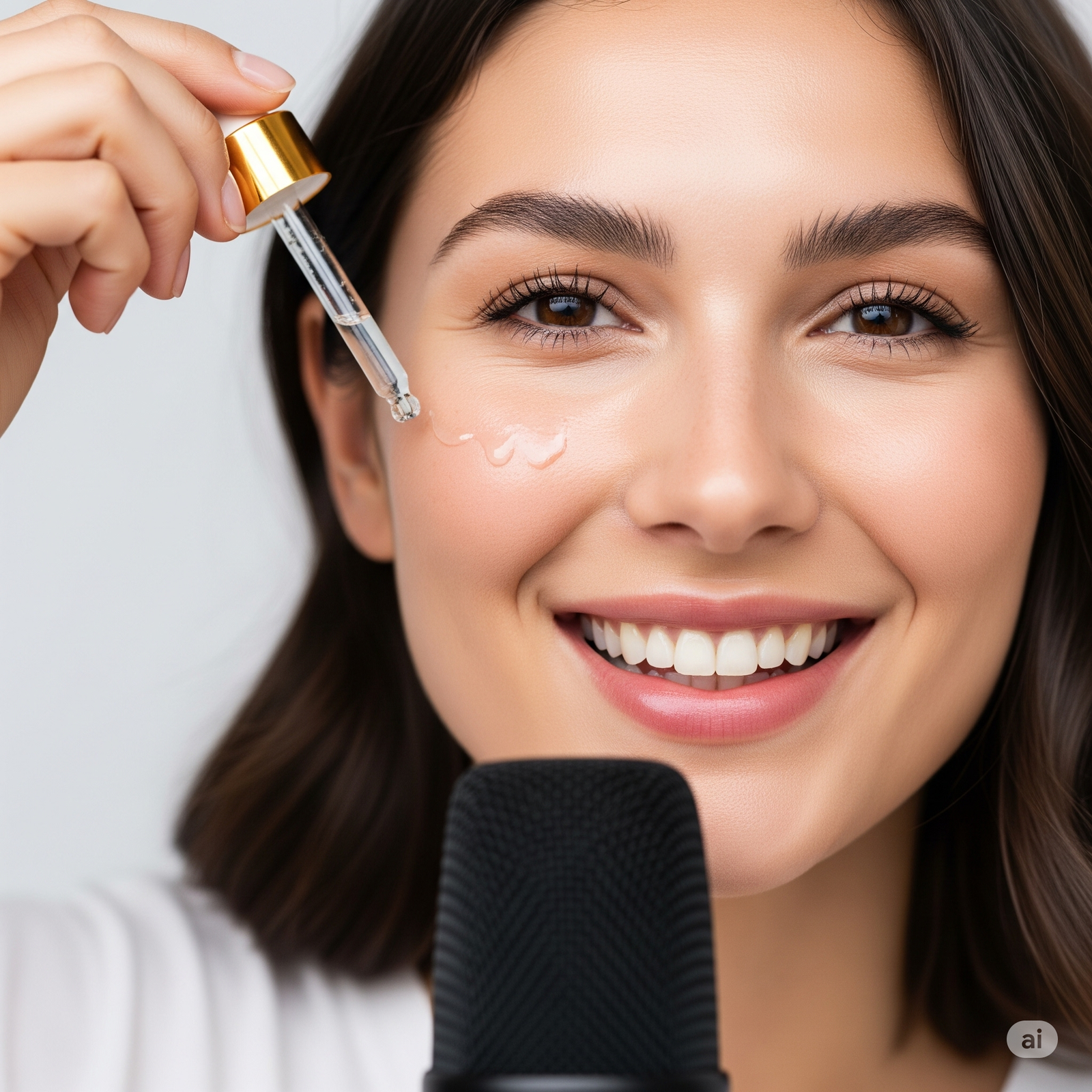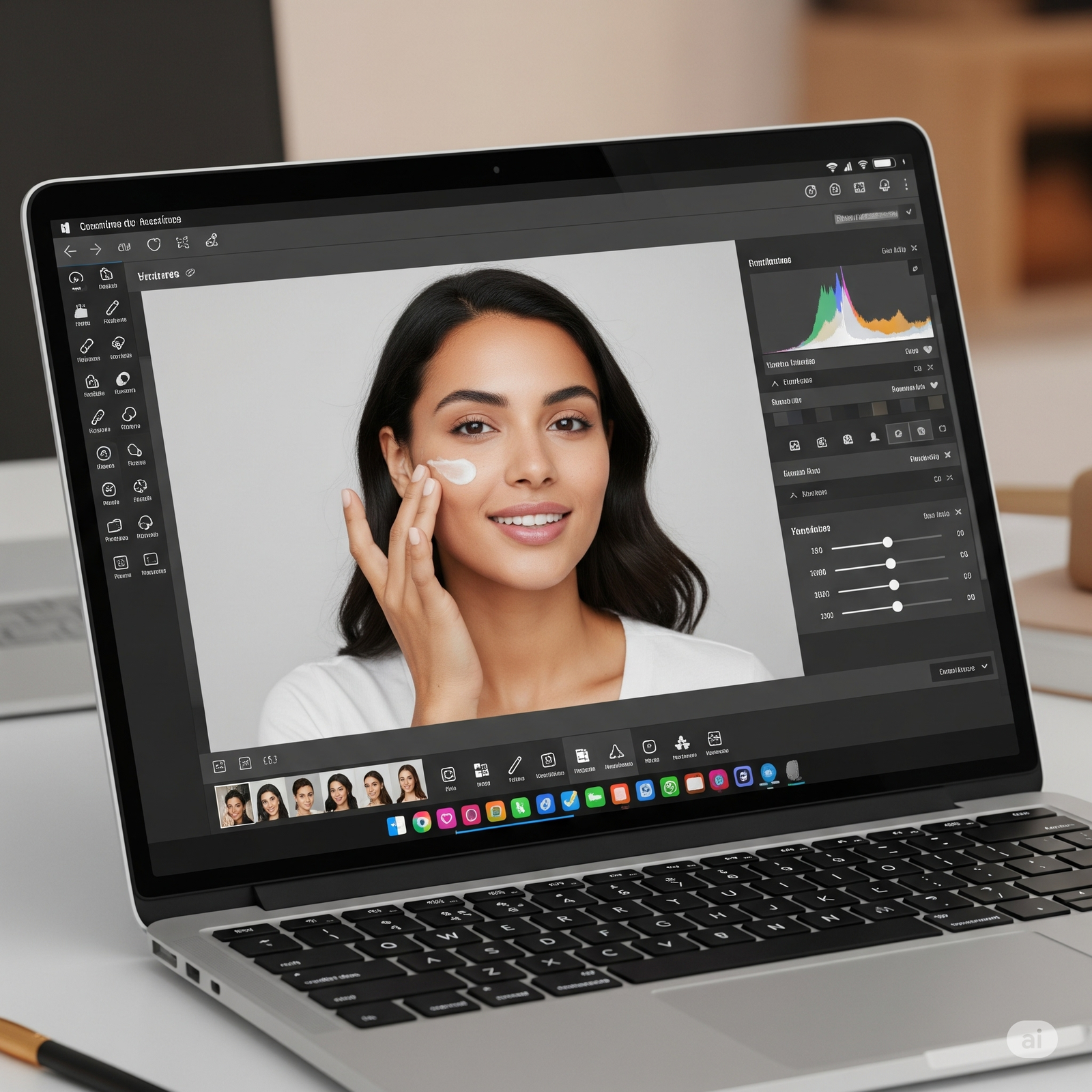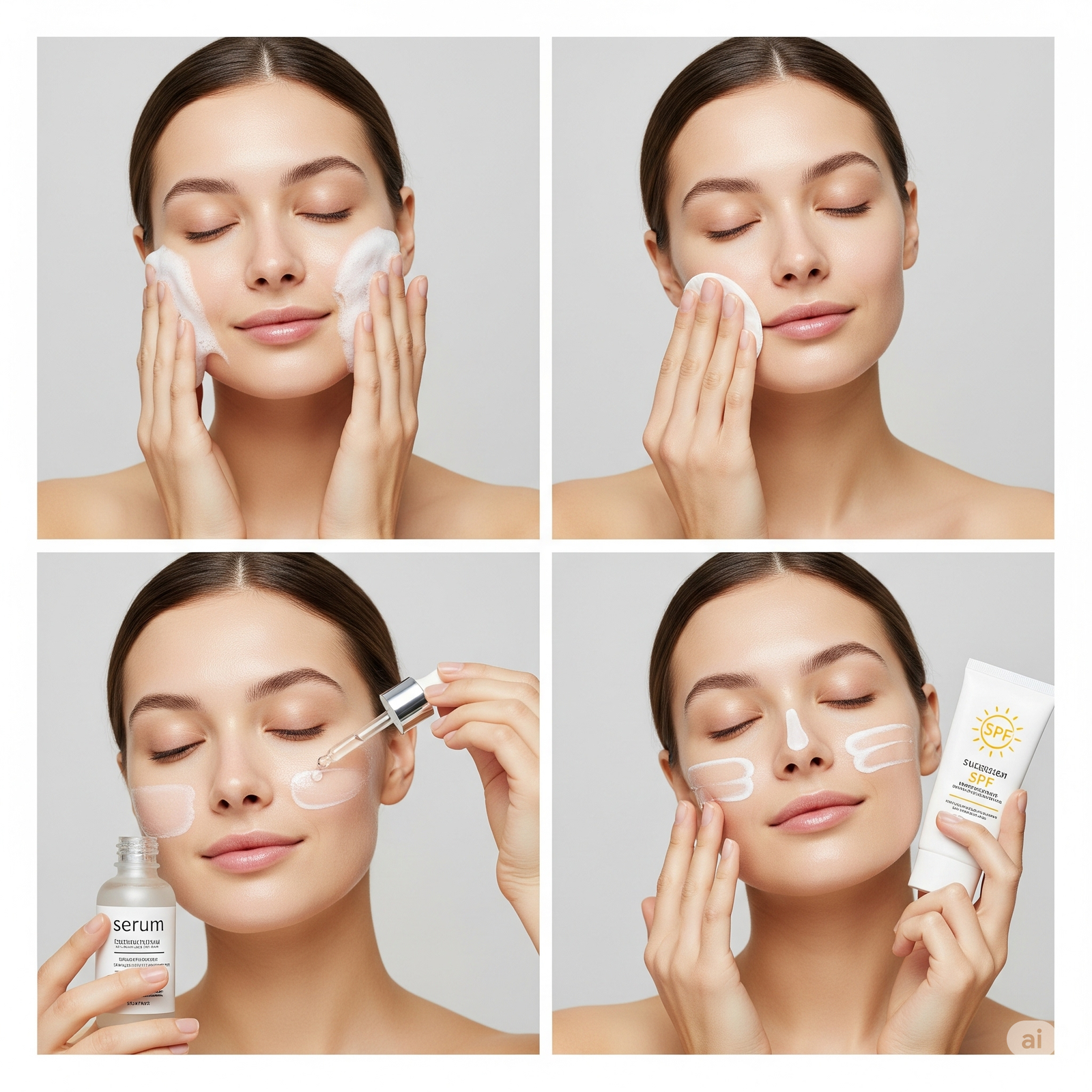Creator-Led Beauty Is the New Campaign Standard
Creator beauty series are redefining campaigns. Admigos builds narrative from real footage, blending influencer skincare animation with authenticity that sells.
15 Jul'25
By Niharika Paswan


Creator-Led Beauty Is the New Campaign Standard
Once, beauty campaigns were billboard dreams. Studio lighting, famous faces, rehearsed taglines. Now, it’s someone filming in their bedroom. Moisturizer in one hand, camera in the other. One pimple showing. One story unfolding. The product isn’t the only thing glowing anymore the voice behind it matters more.
In 2025, brands aren’t just competing for attention, they’re competing for trust. And that trust lives in creators’ hands. Or more specifically, on their skin. On their terms. Whether it’s a skincare breakdown, a GRWM, or a “day-in-the-life of my barrier repair routine,” creator beauty series are leading the visual conversation.
But it’s not just what they say. It’s how it moves. How it's edited. How it’s animated to feel like real skin and real time. Audiences no longer want polish. They want presence. And that’s why brands need to rethink beauty storytelling from the ground up, creator-first, not just creator-included.
Let’s break down why creator POV is now the default lens for campaigns and how beauty animation is evolving to meet it.
Real Voices, Real Skin

At the heart of creator-led beauty is relatability. The kind of relatability that comes from:
- seeing the texture of a real cheek
- watching someone mispronounce an ingredient
- hearing a laugh mid-voiceover
- seeing a product drop and the real reaction follow
This isn’t messy. It’s magnetic. What makes creator content work is that it doesn’t try to sell. It shares. It tells. It confesses.
That’s why even luxury brands are leaning toward skin-in-motion content instead of campaign stills. People want to see how a balm melts. How a serum sits under makeup. How long it really takes for a peel to work.
The influencer skincare animation that supports this now looks different, too. It's not floating logos and sparkles. It's time-lapse skin journeys. Clean swipe transitions. Product closeups filmed by the creator not a crew.
Because the goal isn't perfection anymore. It's proximity. Hobo Video says it best: storytelling now starts with skin, not script.
POV Is the New Camera Angle
Creator content changed the way beauty is filmed.
We no longer see just front-facing tutorials. We see sink angles, mirror edges, bed shots, car visors. The phone lens is part of the narrative now. And it invites the viewer to step in, not just watch.
These edits often feel casual but the best ones are crafted with intention.
POV editing that converts often includes:

- subtle zooms timed to product taps
- voiceovers that don’t feel scripted
- cuts based on breathing, not beats
- product use over product push
- skin texture kept in and not smoothed out
For brands, working with creators now means adapting to their rhythm. Not re-editing their footage to fit a brand voice, but amplifying their original voice with care. That’s where motion design and animation come in, not to override but to enhance. The Awisse blog dives deeper into this shift toward creator-first visual strategy.
Admigos Builds Narrative from Creator Footage
At Admigos, we believe that creator-led storytelling is the purest kind of beauty branding. Because the product isn’t the hero, the person using it is. And our job is to bring their story forward, not mute it with overlays or commercial polish.
When we animate influencer skincare footage, we build around their style:
- their tone, their pacing, their gestures
- their texture, their lighting, their pauses
We use motion to support their narrative, not distract from it. Whether it’s a calming intro screen that mirrors their vibe, a soft visual that tracks skin improvement, or a swipe animation that helps product transitions land, we keep it grounded.
Because the most believable skincare story isn’t told in a studio. It’s filmed in a real home, on real skin, edited by someone who lives the routine.
We just help that story move better.
Why Authenticity Isn’t a Trend

It’s easy to call authenticity a trend. But what’s actually happening is a reshaping of trust.
Consumers don’t want to hear what the brand says a serum does. They want to hear what a creator noticed two weeks in. They want the day-one reaction and the week-three honesty. They want the eye-rolls, the rave reviews, the texture closeups, and the bad skin days.
And more importantly, they want proof. Not promises.
This is where animation comes in not as sparkle but as structure.
Some of the most impactful animated elements in creator-led skincare content:
- progress sliders (day 1 to day 7 comparison lines that feel native)
- step stamps (cleansing → toner → serum → SPF, animated cleanly)
- product-to-skin transitions (when packaging becomes application in one motion)
- soft timers (for masks, soak time, etc., done in creator tone, not timer app style)
Animation here isn’t spectacle. It’s story support. It shows the viewer that the journey is real and it’s worth watching.
Not All UGC Is Equal
There’s a difference between creator content and user-generated content (UGC). Creator beauty content carries voice, intention, and ownership. UGC often gets repurposed without context. That’s where many brands fall short.
The creator-first mindset doesn’t just mean sourcing content. It means building with it.
- letting their voice narrate the ad
- letting their rhythm shape the edit
- letting their honesty shape the script
- letting their language shape your CTA
This shift means brands must relearn what authority looks like. It no longer comes from expert labs or ad agencies. It comes from people with skin in the game. As Miappi’s blog explores, power now lies with those who wear the product, not just those who make it.
What This Means for Campaigns Ahead
As creator-led beauty becomes the norm, not the niche, here’s what smart brands will prioritize:
1. Creator consistency over campaign rotation
A long-term series with one voice builds more trust than a monthly new face. Consistency sells.
2. Editing that respects the creator
POV Don’t flatten their style into yours. Adapt your design language to enhance theirs.
3. Texture-forward storytelling
Smooth is out. Skin is in. From flakiness to glow to breakouts mid-treatment, audiences want the full arc.
4. Motion that fits tone
A dewy minimalist won’t want splashy animations. A bold glam creator may want punchy cuts. Match them, don’t rebrand them.
5. Story, not spectacle
Build arcs. Show routines. Let real time pass. Build with before and after rituals, mess-ups, pauses. Real beats perfect.
Final Thought: Creators Carry the Brand Now
We’re not in the era of creator collabs anymore. We’re in the era of creator campaigns. Where the face in the frame owns the narrative, and the brand takes the backseat not in importance, but in tone.
If your product looks good only under studio light, it’s not ready for real use. But if it holds up under bathroom lighting, sleepy voiceovers, and five-day streaks that’s a campaign.
Not made by you. But powered by them.
— By Niharika Paswan
Why Opening Motions Define Brand Identity
Discover how that first click, swipe, or unboxing motion sets emotional tone—making brands memorable, meaningful, and unavoidably shareable to Gen Z.

How to Animate a Creator’s Identity Journey
Discover how makeup as identity reel reveals creator beauty storytelling. Admigos animates personal timelines by turning memory into motion, and voice into visuals.
